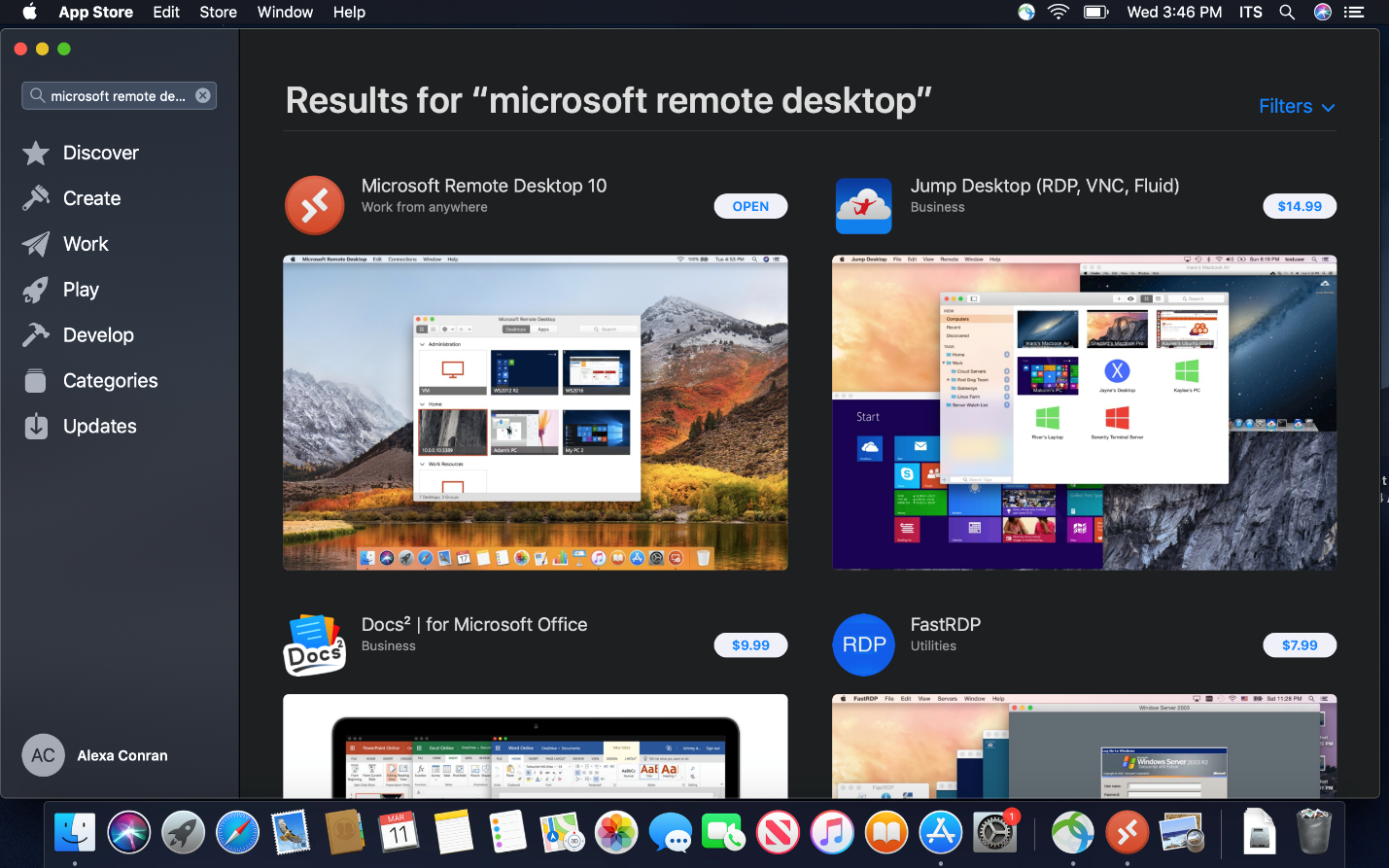

- #Microsoft remote desktop services how to#
- #Microsoft remote desktop services update#
- #Microsoft remote desktop services windows#
Remote Desktop Connection Broker (RDCB) – an RDS connection broker.These are the main workhorses of an RDS farm on which user apps run Remote Desktop Session Host (RDSH) – RDS session hosts.
#Microsoft remote desktop services windows#
The RDS role in Windows Server includes the following components: Remote Desktop Services (RDS) Components Architecture
#Microsoft remote desktop services how to#

To require all outbound Remote Desktop requests to use RestrictedAdmin mode: For example, the following command would connect to Server01 on TCP port 3390 using the RestrictedAdmin switch: Mstsc.exe /V:Server01:3390 /RestrictedAdmin The /RestrictedAdmin switch can be combined with other switches. In addition, as mentioned above, the account being used to connect must be a member of the local Administrators group on the destination system. For details on the required updates, please refer to the article, “Microsoft Security Advisory 2871997” ( ).
#Microsoft remote desktop services update#
In order to use the RestrictedAdmin switch, the initiating system must have the appropriate update installed. To use Remote Desktop in RestrictedAdmin mode, open a command prompt and enter the following text: Mstsc.exe /RestrictedAdmin Use Remote Desktop in RestrictedAdmin mode To disable RestrictedAdmin mode, set the value of DisableRestrictedAdmin to 1. This setting takes effect immediately no reboot is required.Value: 0 (This will enable RestrictedAdmin mode so that the destination system will accept incoming RestrictedAdmin-enabled connections)

HKEY_LOCAL_MACHINE\System\CurrentControlSet\Control\Lsa In Registry Editor, create the following registry key:.Open Registry Editor: click Start, click Run, type.To enable destination systems to receive incoming Remote Desktop connections using RestrictedAdmin mode: RestrictedAdmin mode must be explicitly enabled on the destination systems using the Registry setting below, and the account being used to connect must be a member of the local Administrators group on the destination system. This prevents your credentialsįrom being harvested during the initial connection process if the remote server has been compromised. RestrictedAdmin mode prevents the transmission of reusable credentials to the remote system to which you connect using Remote Desktop. This step-by-step article describes how to enable RestrictedAdmin mode for Remote Desktop.


 0 kommentar(er)
0 kommentar(er)
